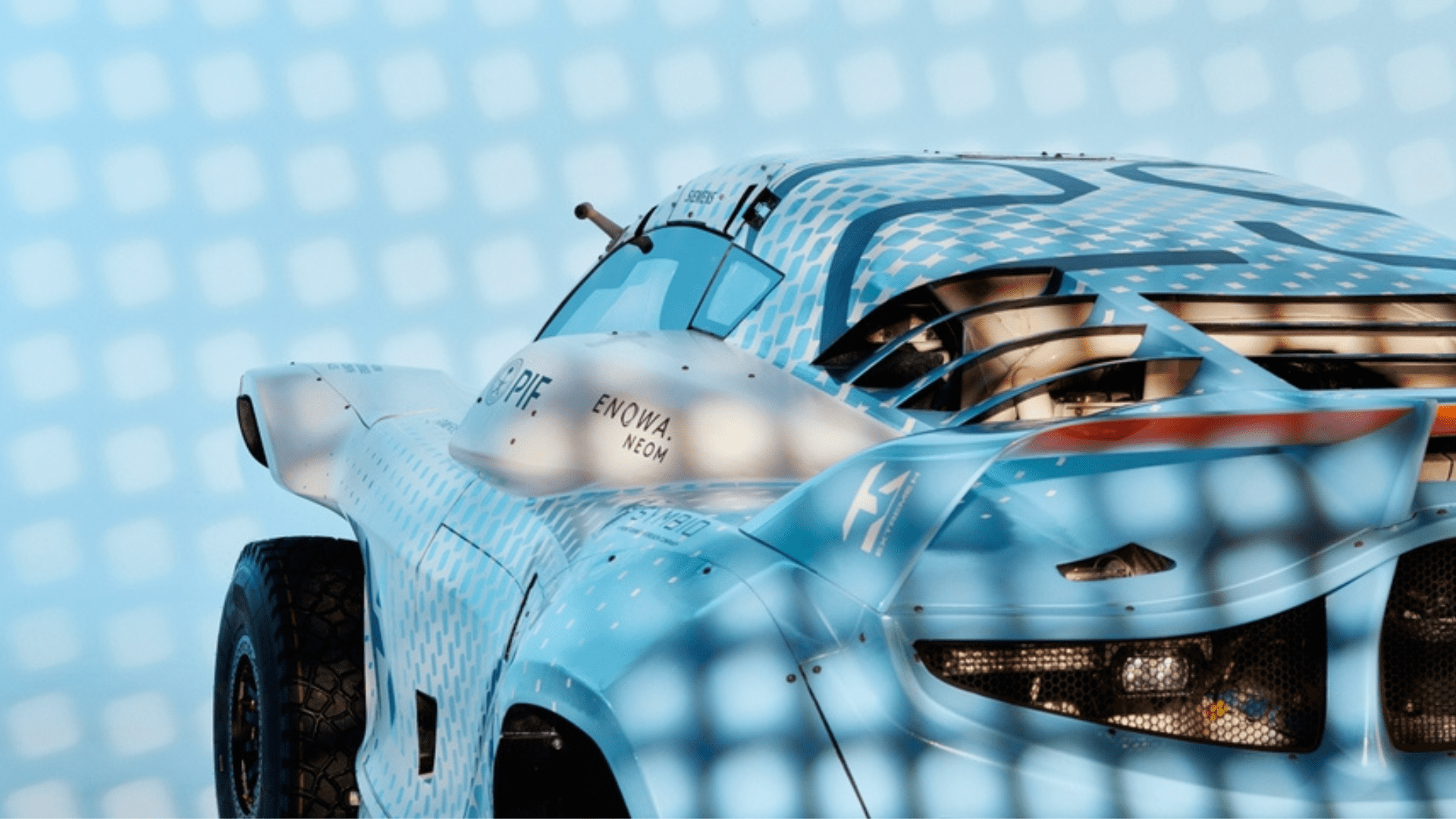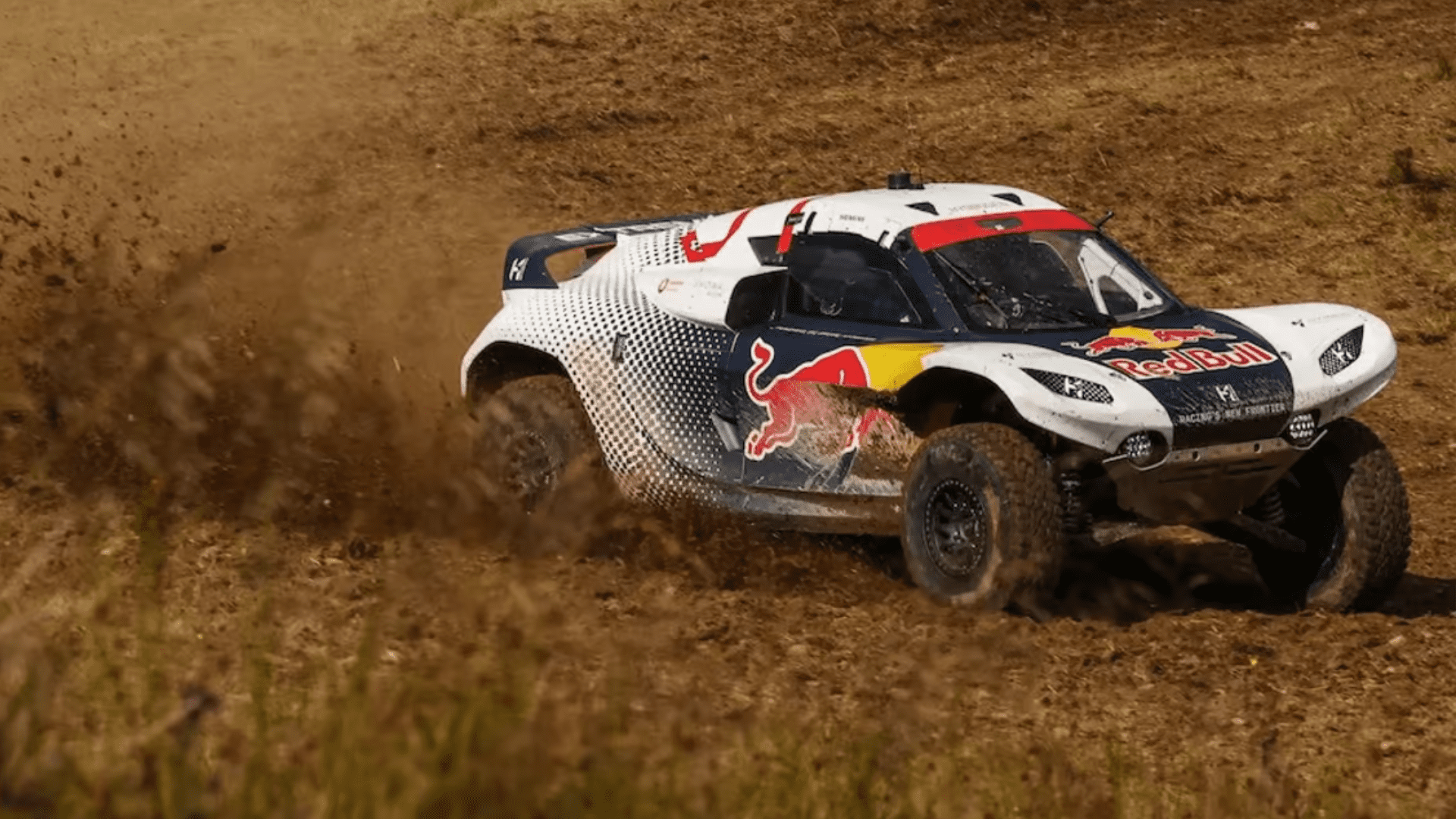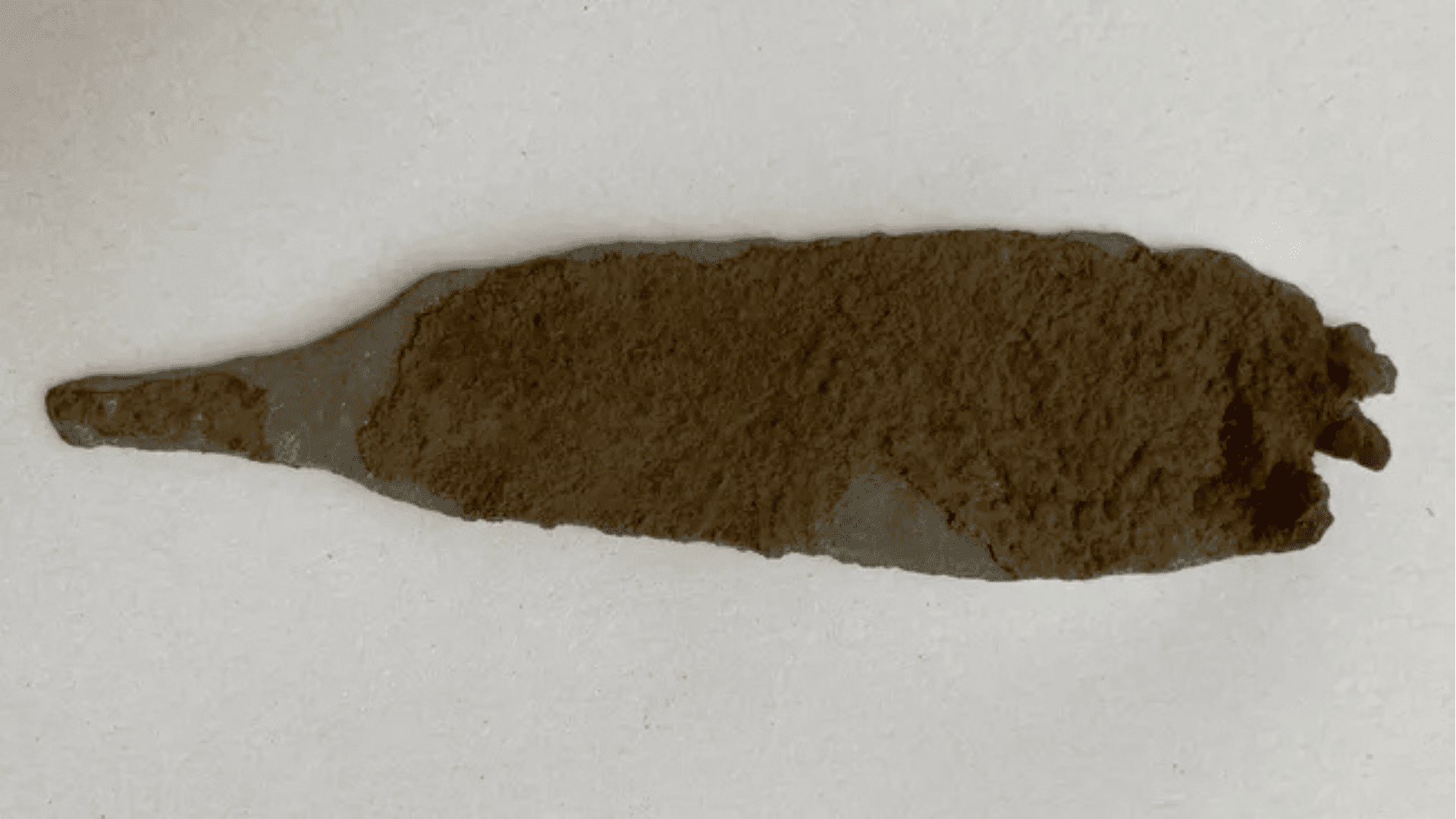The world’s first hydrogen racing series completed a major milestone in its development. Extreme H’s Pioneer 25 race car successfully passed its chassis FIA crash tests.
Extreme H

This is a major milestone because it’s the first-ever hydrogen-powered car to meet FIA’s crash test regulations. The tests are centered around side-impact and rollover safety. Extreme E, the company that manufactured the racing series, said it paves the way for the series to “herald a new era for automotive technologies and innovation.”
Extreme E’s Technical Director Mark Grain said, “I am pleased to say that the Extreme H Pioneer 25 has passed its mandatory chassis FIA crash tests with flying colors.”
Hydrogen is a relatively new fuel concept, making the accomplishment even more significant for the company.
“We’ve worked with the FIA to define these crash tests, and there’s been huge collaboration with constructive conversations back and forward to arrive at the loads and speeds and so on,” said Grain. “But, ultimately, they have defined them, and we’ve designed and built a car that’s passed them.”
The next significant milestone for the Pioneer 25 is to undertake resistance tests for its tanks and battery packs. If the hydrogen-powered car passes, further track testing will be carried out later this month and in October. In addition, Extreme E will begin production of the Extreme H cars, with delivery to teams expected before the end of the year.
About Pioneer 25

For all of the car aficionados, here are the details for the Extreme H Pioneer 25:
According to the company site, the race car’s top speed is around 125 mph (200 kph) and it weighs over 4,800 lbs (2,200kg). The company says it can accelerate from 0-60 mph in 4.5 seconds. For example, an F1 race car’s average 0-60 acceleration time is between 2.1-2.5 seconds. It also has pioneering Symbio fuel cell technology, which is featured in various vehicles, like the Extreme H racing car and heavy-duty trucks.






